Macarons are beautiful, colorful cookies served in French and American bakeries. If you are interested in making them at home, it is helpful to understand the difference between French and Italian macarons.
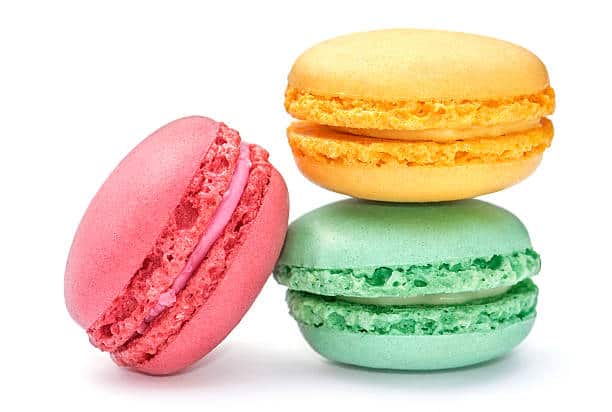
Macarons are beautiful, colorful, meringue-based cookies with a light crisp texture. They are served as a tiny sandwich filled with buttercream or jam.
The various flavors and colors line the shelves of bakeries around the world. Each circular cookie is perfectly bite-sized and melts in your mouth.
Beautiful and elegant macarons, made with meringue and almond flour, have become popular worldwide for their picture-perfect aesthetic and light and airy texture. They are the perfect not-too-sweet treat and also make a great gift because they travel well and look adorable.
You can find macarons in plenty of shops in the United States as their popularity has exploded in recent years. But if you are thinking about making your own at home, there are different methods you should be aware of.
Most people think macarons are a French dessert but they have deep roots in Italy as well. Understanding the difference between Italian macarons and French macarons may have a big impact on how successful your efforts are to recreate this delicate cookie.
Macaron vs Macaroon
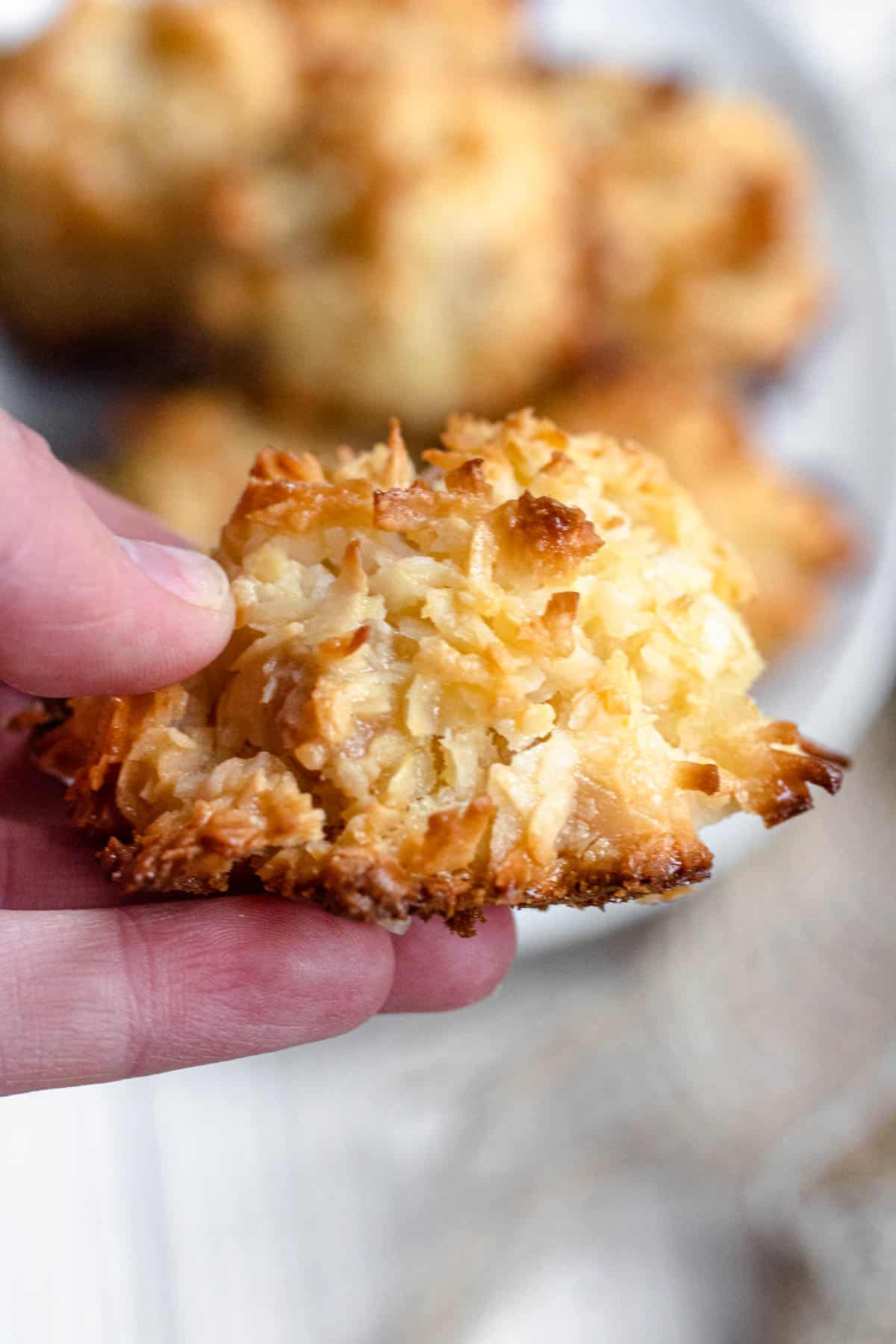
First, it is important to note there is a significant difference between macarons and macaroons. Macaroons are a dense, dry cookie often coated in coconut flakes and dipped or drizzled with melted chocolate. Coconut macaroons have a rough texture.
Macarons (pronounced ma-kr-aahn) are the colorful, bite-sized sandwich cookies we are talking about today.
Both cookies are made with whipped egg whites, contain no flour, and are gluten free. With similar names, they are often confused, so it is important to keep in mind the difference!
Origin of Macarons
The history of the macaron is not exact, but macarons are believed to have been invented in an Italian monastery during the Middle Ages.
They were brought to France in the 15th century when Queen Catherine de’ Medici of Italy married King Henry II of France. At that time, and for many more years, macarons were served as single cookies and reserved exclusively for royalty. They were known as “priests belly buttons” for their size and shape.
Macarons were not introduced to the public until the 1790’s when two French nuns were seeking asylum during the French revolution. The two sisters were skilled at making pastries and began to sell macarons to make enough money to survive on. The Macaron Sisters are still famous for bringing the treat to the masses.
The French eagerly adopted the macaron cookie, but it was not until the 18th century that macarons were filled with delicious creams or ganache and served as a sandwich cookie.
Today many people count macarons as a distinctly French dessert, and you find them in shops all over France, Italy and the United States.
What is the Difference Between French and Italian Macarons?
French and Italian macarons are nearly indistinguishable to the average consumer, but if you are interested in making your own macarons the differences between the two are important.
This is because the main difference is in how the cookies are made, and it translates into a difference in texture, taste and stability.
French Macarons
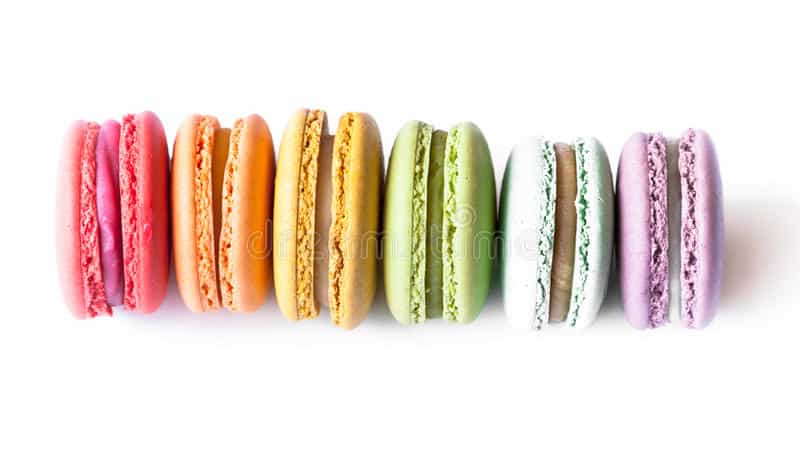
French macarons are made with uncooked egg whites and granulated sugar whipped at a high speed into stiff peaks before being mixed carefully with the dry ingredients and ground almonds. The resulting cookie is light, fluffy and subtle in sweetness.
This process makes French macarons quicker to create, but the macaronage stages takes a skilled chef to master the process. If the mixture is overwhipped, it does not turn out as it should and the meringue can fall flat if not handled correctly.
Still, most people first learning to make macarons or meringue shells may opt for the French meringue method because the French method does not require any special equipment.
Italian Macarons
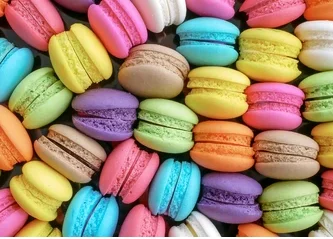
The Italian meringue method is made by whisking a hot sugar syrup with egg whites which cooks the eggs as soft peaks form. This makes the cookie as a whole more stable and the sweetness more noticeable.
This Italian macaron method calls for a few more steps and a candy thermometer. The electric stand mixer with a whisk attachment is necessary to juggle whisking the hot syrup and egg whites at the same time.
Italian macarons are produced most often by pastry chefs in large bakeries because it’s easier to get more consistent, perfect macarons with this type of meringue, which comes out crisp and with less air.
Other Macarons

Did you know that there are even more ways to make macarons? The Swiss Meringue Macaron is a less common, but still delicious method that heats up the sugar and eggs whites in a double boiler before whipping the meringue. Then the dry ingredients are added.
Fatcarons are a silly Korean invention that are made by stuffing a ridiculous amount of filling between two macaron shells. This makes them “fatter” than an average Macaron. The filling can also be stuffed with other treats, like cake, candies, etc.
Appearance
The difference in French macarons vs Italian macarons can be seen just by looking at the cookie. Italian macaron shells will typically be a bit taller than French macarons with crisp, clean edges and small air bubbles.
French macarons tend to be flatter and may have a ruffled appearance to the edge of each shell because of more air in the meringue.
A classic French macaron may also have a shinier finish to the smooth tops at the end.
Taste
The sugary simple syrup used to create Italian macarons results in a slightly sweeter taste. You also do not taste the almond flavor very much.
The sugar in French macarons is more subtle. French macarons may have a stronger almond taste because they use less sugar.
Texture
French macarons are softer and chewier than Italian macarons, which are described as crisp, crumbly and almost powdery. French macarons retain more moisture inside their crisp shell.
Which is Better?
No matter the method, you are sure to end up with a treat that is sweet and adorable. Ultimately it is up to your personal preference. Many bakeries prefer to make Italian macarons for consistency and a more stable meringue, but the chewy texture of a French macaron is irresistible and the method may be easier for smaller batches or a first timer making the recipe.
Do you have a preference over French or Italian macarons? Tell me in the comments!
FAQs
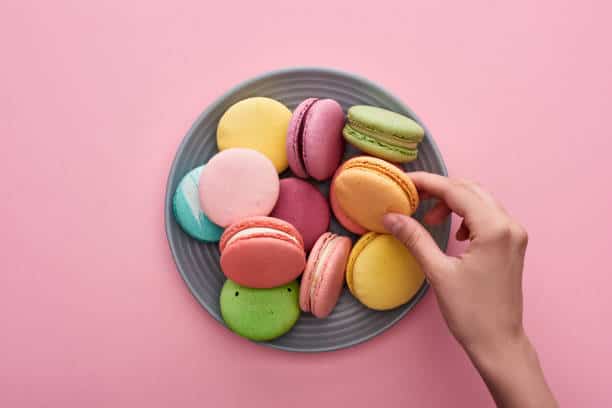
Yes, you can keep macarons in an airtight container in the refrigerator for several days or even up to a few weeks without them losing their freshness. They can also be frozen and thawed to enjoy.
You can also make macaron shells and cover them with plastic wrap in the refrigerator or freezer until you are ready to add your filling.
This is one of the reasons macarons have become so popular–they are a great treat to transfer home from a trip overseas.
Macarons are not a simple treat to make, but just like any other recipe, they become easier with practice.
What makes macarons difficult is it takes patience to mix the batter without overmixing and then the batter needs to rest before baking. During the baking process, it is important to keep the oven temperature stable and even to ensure the shells do not fall flat.
Macarons are made with simple ingredients that have a pretty low calorie count. They are still a cookie, but it is sometimes nice to enjoy several different flavors of macaron for the same amount of calories as a larger dessert.
Macarons are served often at celebrations or small gatherings with guests. They go great with a glass of champagne or a nice cup of tea.
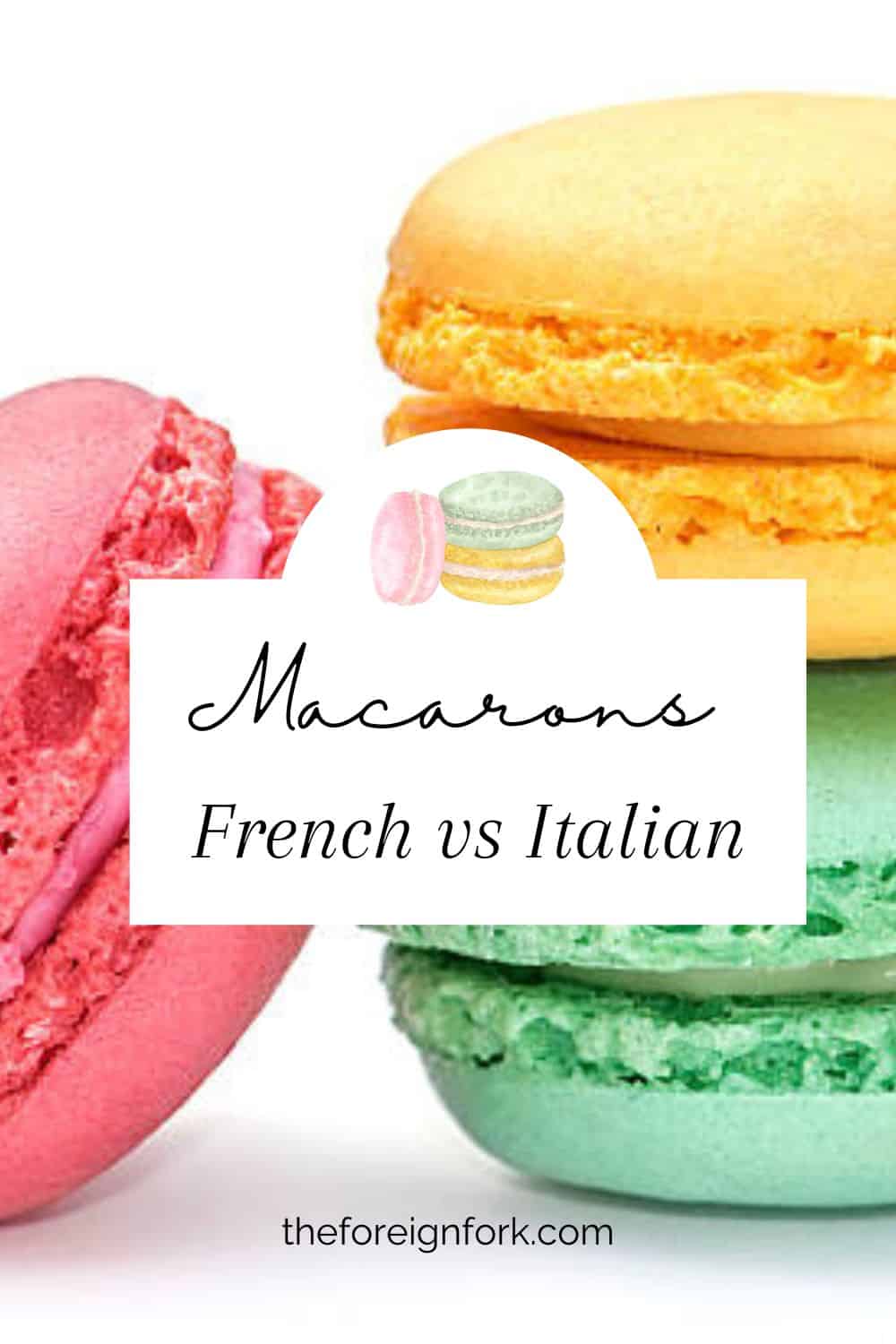



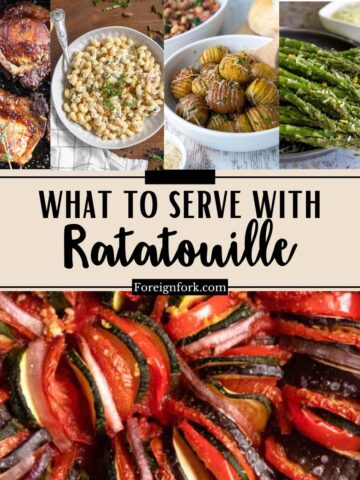
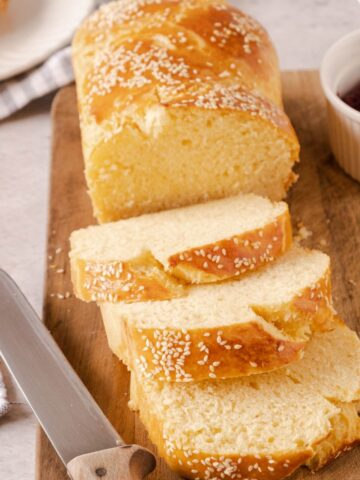
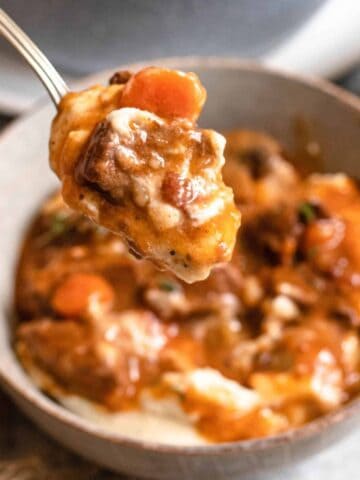
Leave a Reply